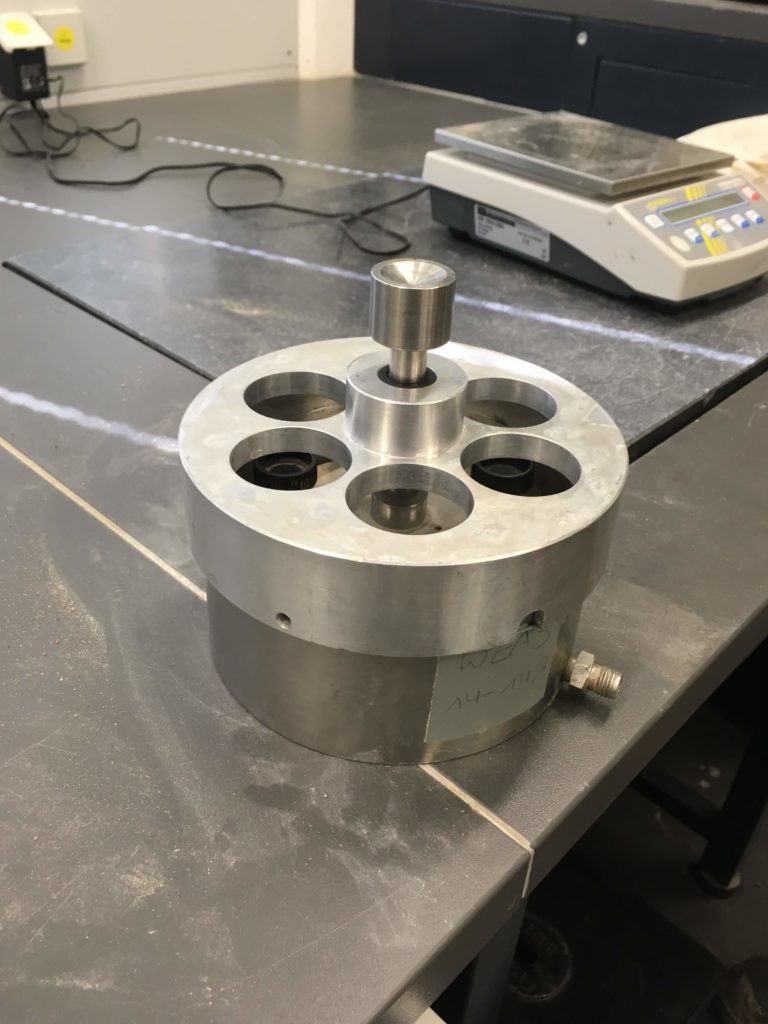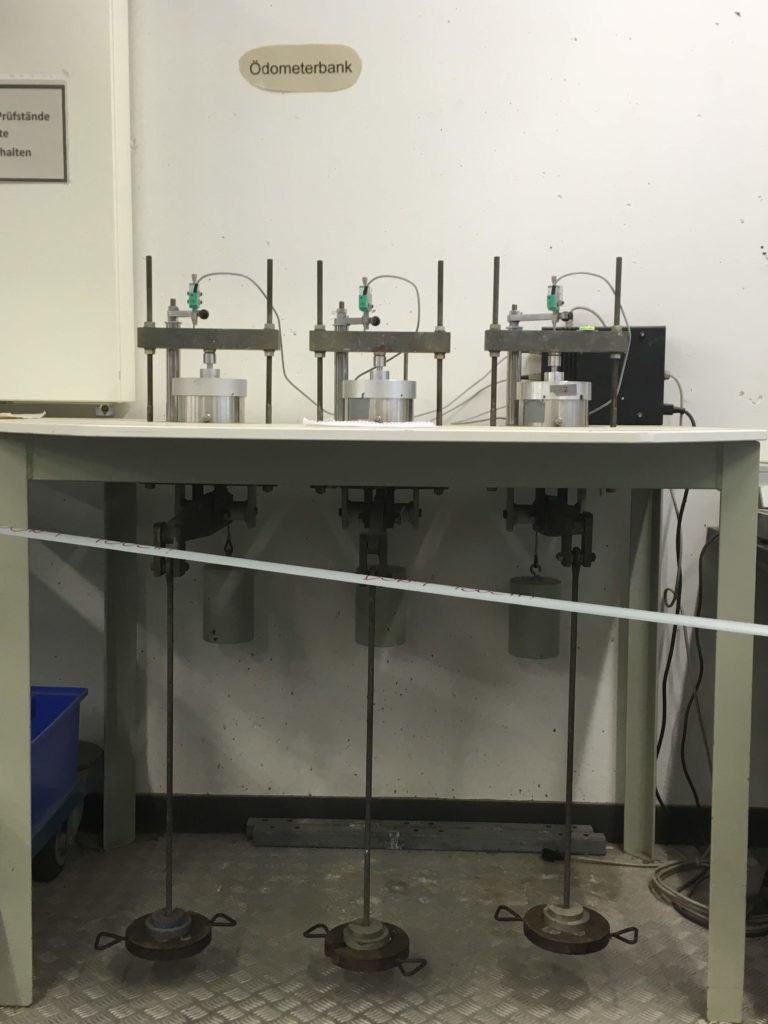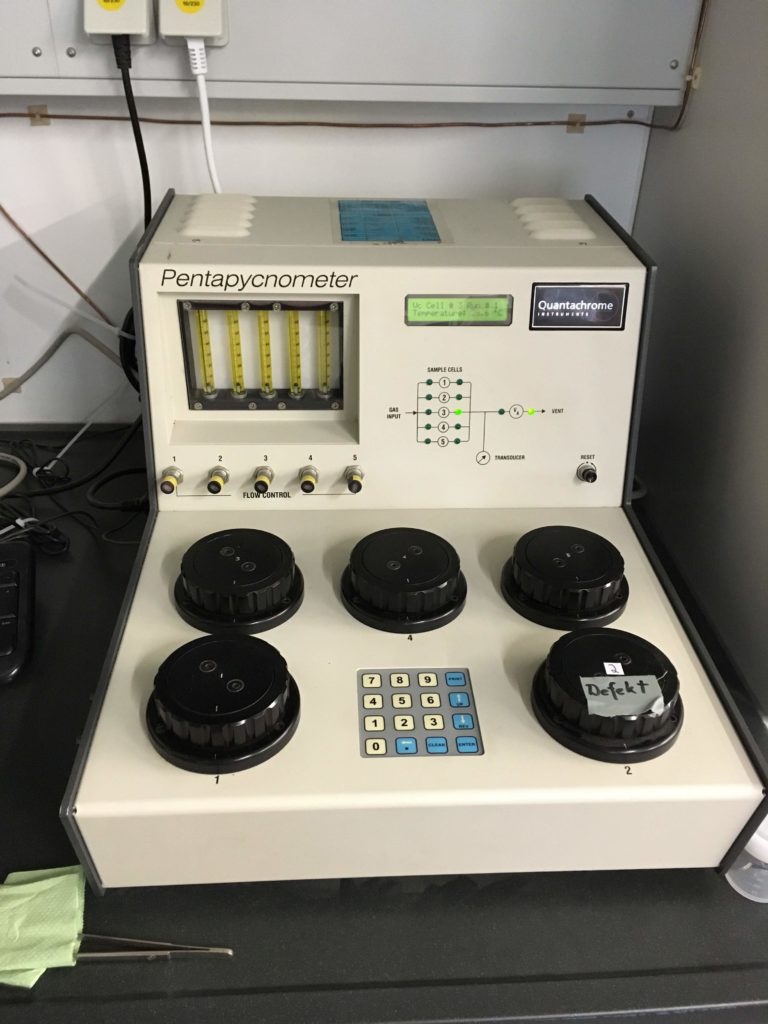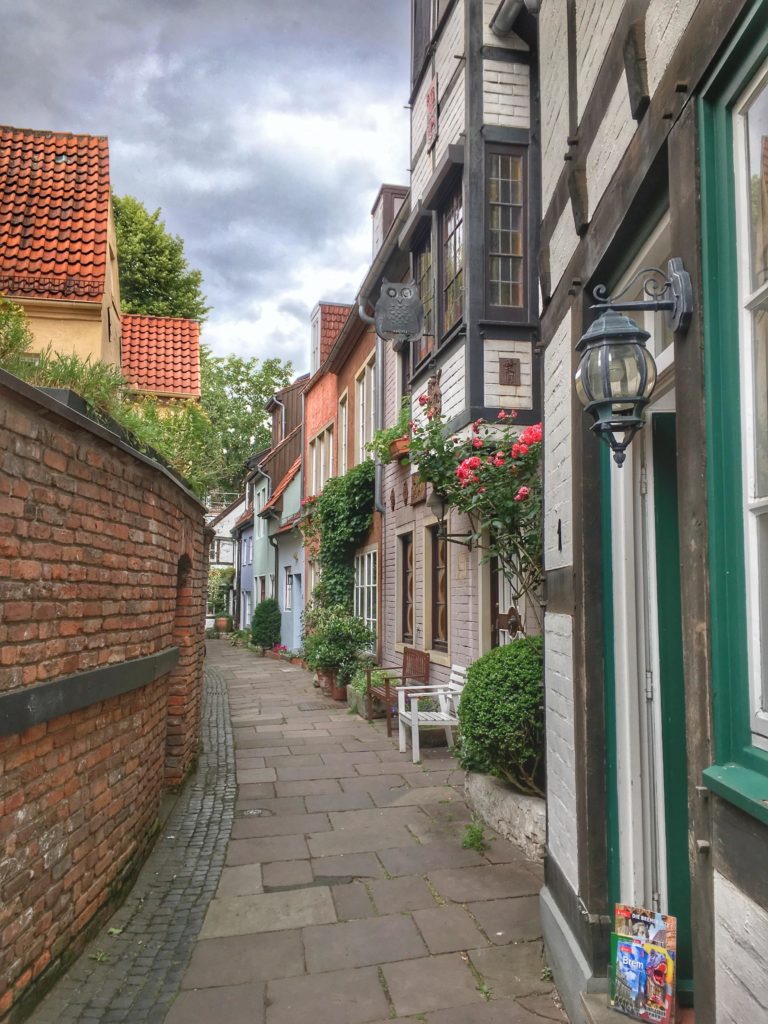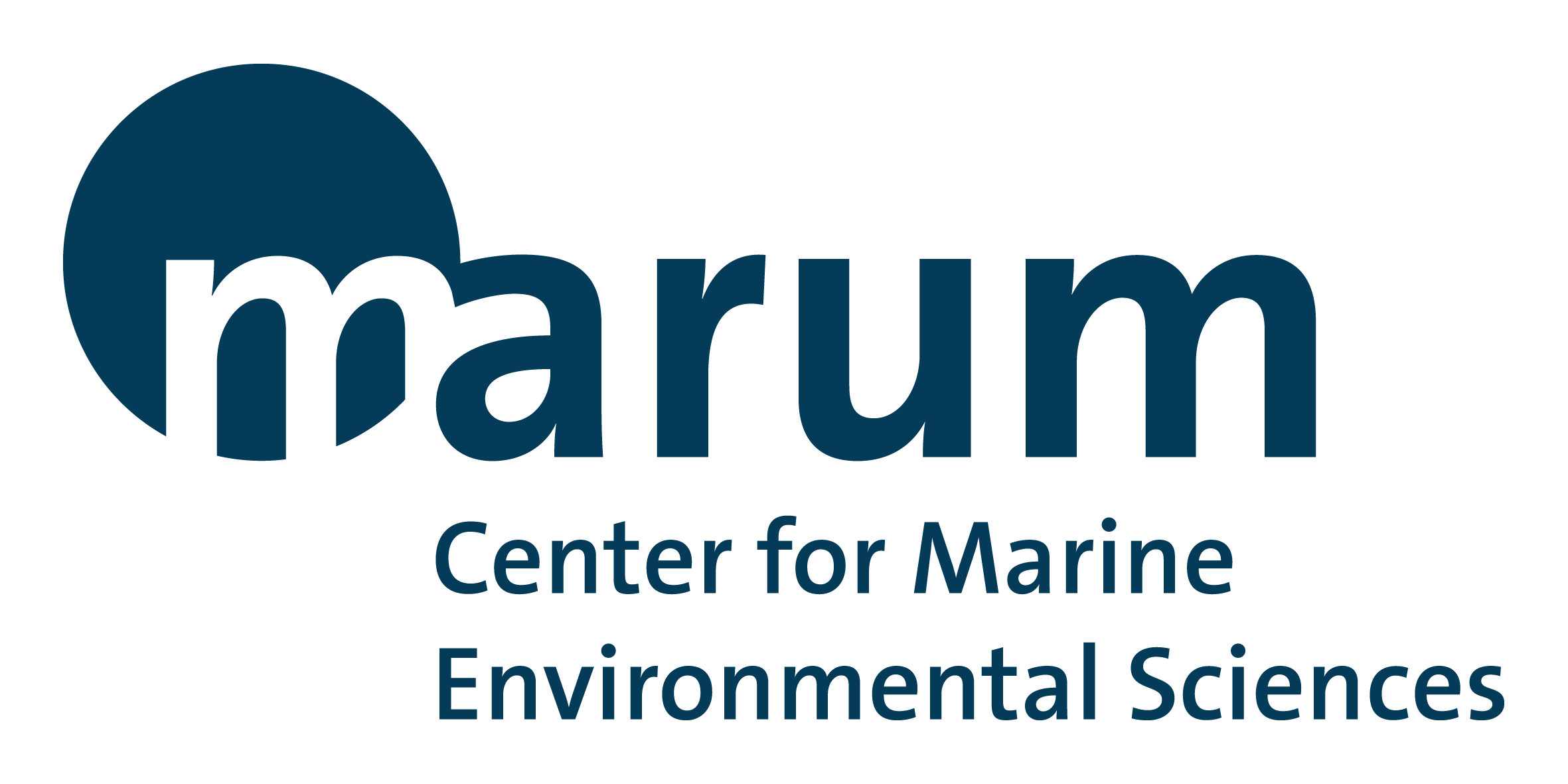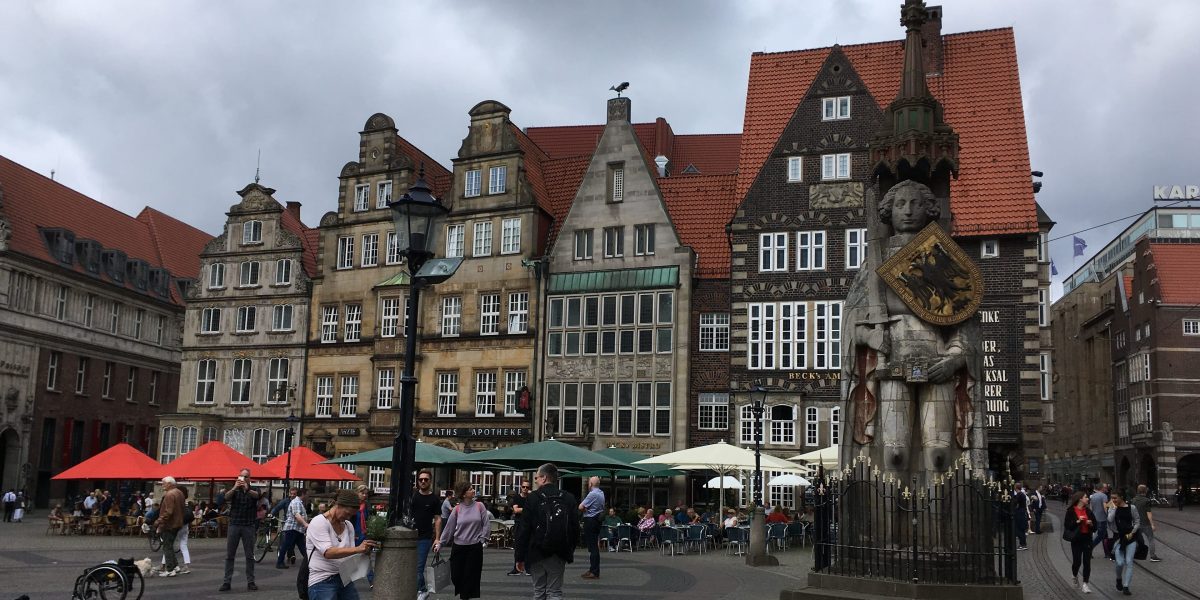
Maddalena’s 3-month secondment at Marum, Bremen
maddalena sammartini (ESR15) | @ marum bremen, germany (june - august 2019)
One year after my short visit to MARUM (see previous report), I returned back to Bremen, this time for a three-month secondment. After opening some Lake Lucerne cores in Innsbruck, and performing on them the basic tests, such as water content, fall cone test, vane shear, granulometry analysis, and Atterberg limits, I moved (with my cores) to Bremen for a more advanced geotechnical analysis.
Between June and August I dealt with oedometric tests, pycnometer measures and ring shear tests, with the main aim of characterizing both basin and slope sediments in Zinnen and Kastanienbaum area.
Oedometric test: used for measuring the sediment’s consolidation status and compressibility properties. An undisturbed sample of sediment is put inside the consolidation cell, and subjected to increments of effective vertical stress. Each application last for 24h and the vertical displacement of the sample is measured in time. The load is doubled at each increment. After reaching the maximum load needed, the sample is subjected to an unloading phase, during which the swelling properties of the sediment are recorded.
For my tests, I applied the following effective vertical stresses: 2.5, 5, 10, 20, 40, 80, 160, 320 kPa. For the unloading phase: 80, 20, 5 kPa. Each test lasted for 11 days.
Pycnometer test: used for measuring the solid density. After measuring the water content, the dry sample is put in a beaker of known density and then inside the machine, which calculates, in few minutes, the density of the solid.
This device has been very useful for my oedometric test analysis. Knowing the density of the solid, and the initial and final water content of the sample, it is possible to express the vertical displacement at each loading step in terms of void ratio change.
Ring shear test: used for measuring the residual shear strength of soil. A remolded sample of sediment is put inside the ring shear apparatus. The soil, subjected to different vertical stresses, is sheared by rotating the bottom of the ring shear apparatus until it reaches 3 mm of displacement. The shearing velocity is constant during the test, and it has to be carefully selected, based on the kind of sediment, in order to avoid the formation of excess pore pressure.
For my tests I used a shearing velocity of 0.033 µm/s and the following vertical stresses: 2, 5, 10, 17, 32, 64, 125, and 247 kPa. Each test lasted for 19 days.
The biggest challenge during my stay at MARUM, has been recreating, in laboratory, the in situ conditions of my sediments. These geotechnical devices are built to work with the high vertical stresses of marine investigations, with lever arm that multiplies x5 or x10 the weight you put. In my case, I work on superficial lake sediments, which are subjected to an in situ vertical stress of ~2-5 kPa. Therefore, I had to start all my tests with the minimum weight allowed (0.1 kg). With this low weight, the machines are very sensible and just an accidental hit to the working table can ruin the measure and therefore the entire test.
After a first month spent in getting familiar with the all the devices and the technics, and in performing some empty tests for measuring the “machine noise”, I was able to perform 11 oedometric tests and 4 ring shear tests.
Thanks to this secondment in Bremen I was not only able to get more interesting data for my Lake Lucerne investigation, but also I developed geotechnical skills, which could be very useful for future career.
Location
- MARUM Bremen, Germany
